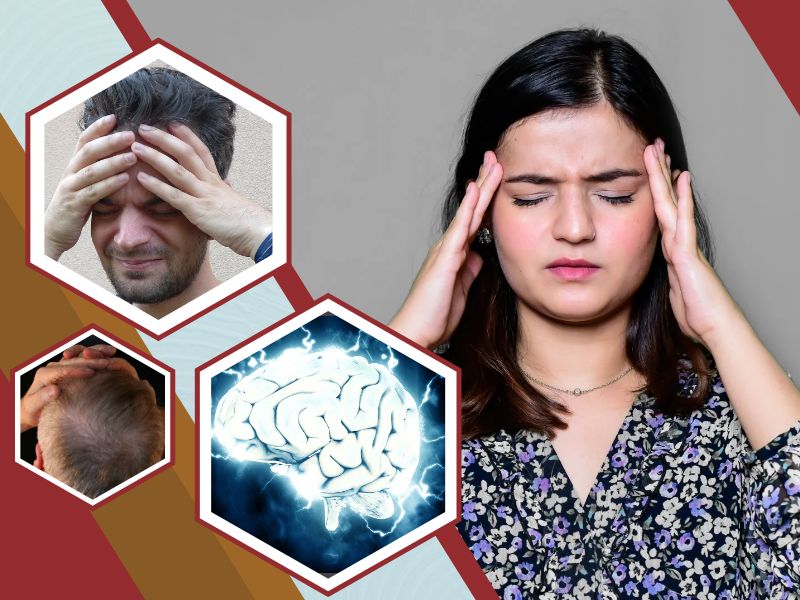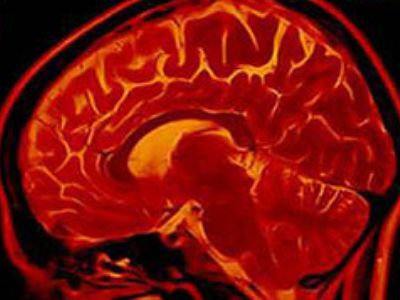Migraine with Aura

Migraine with Aura is also called classic migraine which is a recurring headache that occurs after or at the same time as sensory disturbances called an aura. The disturbances include blond spots, flashes of light, and other vision changes or tingling in your face or hand.
What causes Migraine with Aura?
Researchers have found that it may be caused by a slow wave of altered brain activity called cortical spreading depression. Temporary changes in the brain’s chemicals, nerves, and blood flow result from this, affecting how the brain works and possibly causing pain.
The discovery of new drugs that could prevent migraine attacks will be made easier by better understanding how these changes in the brain contribute to headaches.

What are the symptoms of Migraine with Aura?
The symptoms of migraine with aura include temporary visual disturbances that usually strike before other migraine symptoms such as nausea, intense head pain, and sensitivity to sound and light.
This condition usually occurs within an hour before head pain begins and usually lasts less than 60 minutes. Sometimes migraine with aura occurs without headache.
Visual signs and symptoms:
- Changes in vision or vision loss
- Flashes of light
- Zigzag lines that gradually float across your field of vision
- Shimmering spots or stars
- Blind spots which are sometimes outlined by simple geometric designs
Other temporary disturbances sometimes associated with migraine aura include:
- Speech or language difficulty
- Muscle weakness
- Numbness, typically felt as tingling in one hand or on one side of your face that may spread slowly along a limb
Triggers for Migraine with Aura
Triggers for migraine with aura include:
- Strong smells such as perfume, smoke, or gasoline
- Weather changes or barometric pressure changes
- Medications, such as the use of oral contraceptives or vasodilators for high blood pressure
- Stress
- Intense physical activity or overexertion
- Lack of sleep or too much sleep
- Food and food additives
- Hormonal fluctuations in females
- Caffeine consumption
- Exposure to bright lights or strong sun
- Alcohol consumption
Diagnosis of Migraine with Aura

A migraine with aura may be diagnosed based on your signs, symptoms, medical and family history, and a physical exam. Depending on whether your aura is accompanied by head pain, your doctor may recommend tests to rule out more serious conditions, such as a transient ischemic attack (TIA).
Assessments might include:
- Magnetic resonance imaging (MRI)
- Head computerized tomography (CT) scan
- An eye examination
Treatment and Medications for Migraine with Aura
For migraine with aura, just as with migraine alone, treatment is aimed at relieving migraine pain.
Medications for relief:
- Ibuprofen (advil, motrin ib)
- Aspirin
- Excedrin migraine
- Naproxen
- Sumatriptan
- Metoclopramide
- Prochlorperazine
Ask your doctor if these medications are appropriate for you. Some of these medications are not safe to take during pregnancy. If you’re pregnant or trying to get pregnant, don’t use any of these medications without first talking with your doctor.



